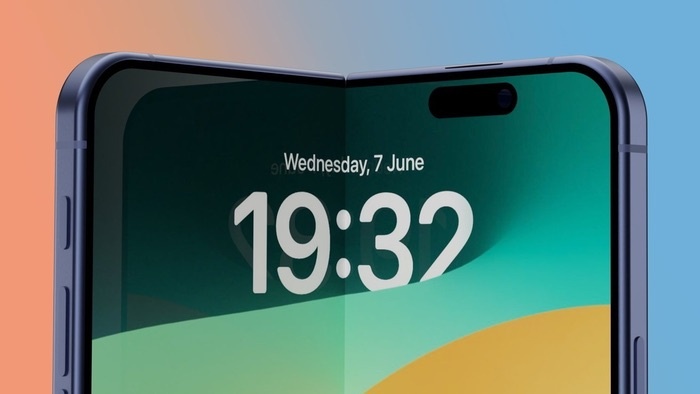 |
Apple is actively developing a foldable iPhone. Photo: Apple Insider . |
According to ETNews (Korea), Apple will complete the supply chain for the first generation iPhone Fold this year. Production of components will begin in late 2025. This is an ambitious step in its effort to enter the foldable phone market.
However, Apple's involvement in making foldable phones also raises the question: Can they solve the problem of screen creases?
It seems the iPhone maker has found the answer.
The 'Achilles heel' of foldable screen phones
Foldable displays are a groundbreaking idea, but they have long been criticized for an inherent flaw: a visible crease at the hinge. With products like Samsung’s Galaxy Z Fold, despite years of technology improvements, the crease remains an unresolved issue.
 |
The crease is the fatal weakness of current foldable screen phones. Photo: BGR. |
This not only affects aesthetics but also reduces the user experience, especially when viewing content or playing games on a large screen.
Samsung recently made strides with the Galaxy Z Fold SE, a phone sold only in Korea that features a significantly reduced crease. The upcoming Galaxy Z Fold 7 is expected to continue this design.
However, the fold is still a major barrier that makes many users hesitate with foldable phones, requiring a breakthrough solution to change market perception.
Apple tries to solve
According to the source, Apple has set strict technical requirements for its partner Samsung to completely solve the problem of the crease on the screen. “Apple is determined to completely eliminate the crease, regardless of the cost, to differentiate itself from existing foldable phone models,” a source inside the supply chain told ET News .
They have been successful in using new materials that prevent creases from forming on the display, although details about those materials have not been released. It is an expensive effort but could give Apple a major competitive advantage when the product launches in 2026.
According to BGR , Samsung will be the only one to provide this nearly crease-free screen for the future foldable iPhone. Since last year, Apple has been working with Samsung to develop foldable screens. Only Samsung Display has provided screens that meet Apple's needs.
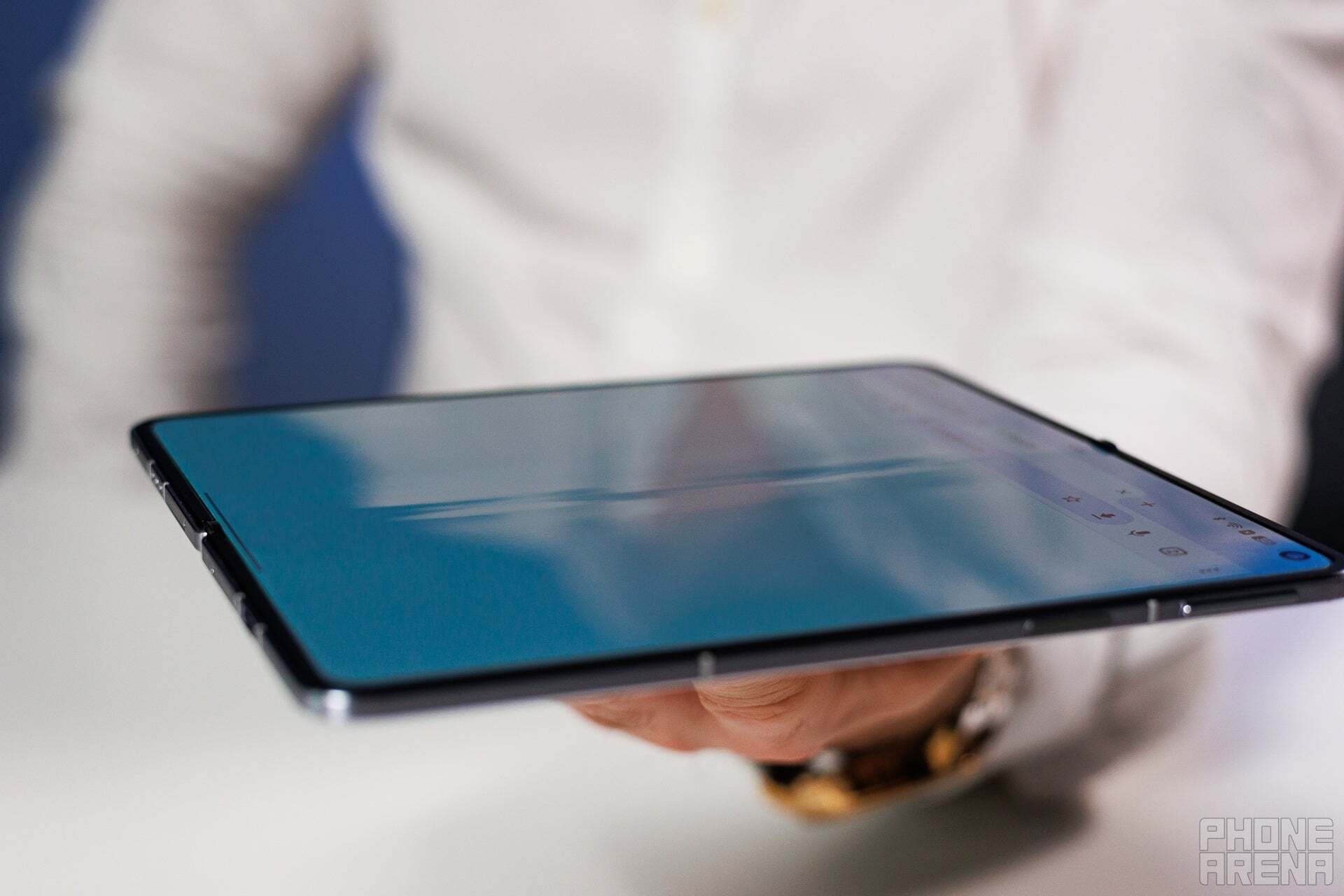 |
Some recently launched foldable phones have improved significantly but the crease is still there. Photo: Phone Arena. |
In addition, the design of the iPhone Fold also reveals some interesting highlights. Apple will use Corning tempered glass for the outer screen, while the inner folding screen is equipped with ultra-thin glass (UTG), similar to Samsung's Galaxy Z Fold.
Samsung may provide the UTG technology, but Apple is also working with other suppliers to optimize the components. At the same time, the iPhone maker is also improving the way the display connects to the hinge below and the ultra-thin glass on top.
A crease-free display will give the foldable iPhone an advantage over its rivals by 2026, as long as Samsung and others don't come up with a similar solution in time.
For example, the recently launched Galaxy Z Fold SE and Oppo Find N5 have minimized creases, but they haven't reached the "no trace" level that Apple is aiming for.
The removal of the crease isn’t the only difference, however. Recent reports from China have also revealed the expected screen size of the iPhone Fold. When unfolded, the phone will be significantly shorter than the Galaxy Z Fold 6, with a shape similar to an iPad mini.







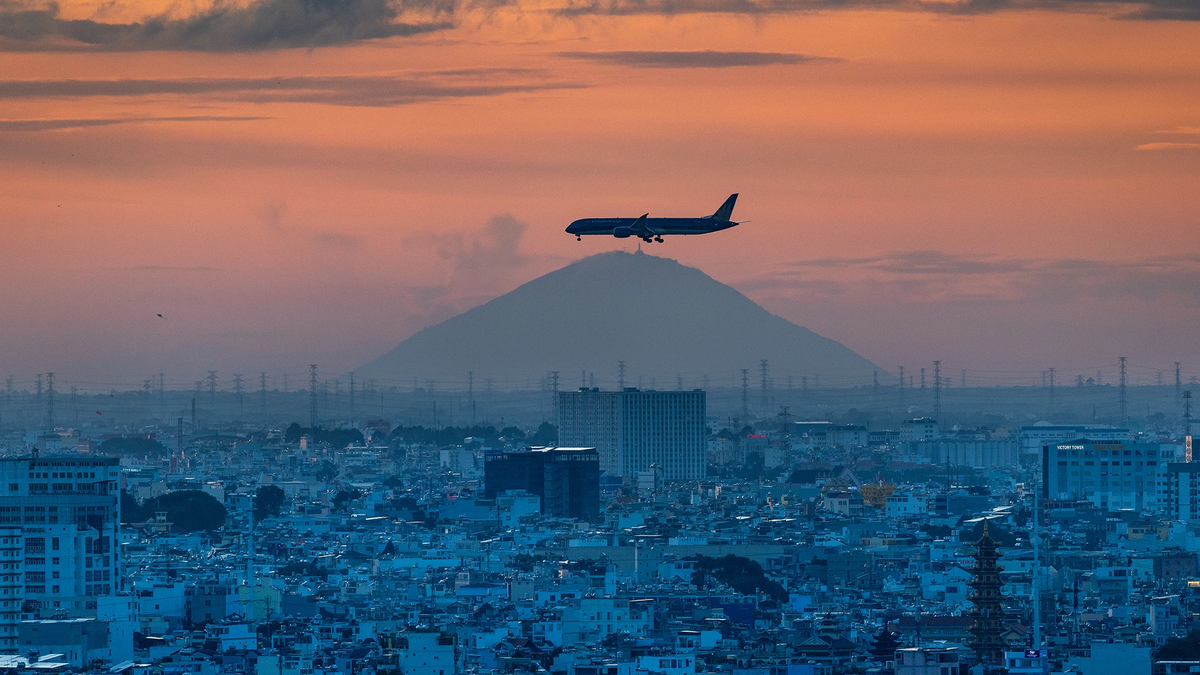


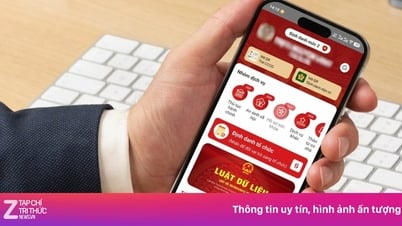
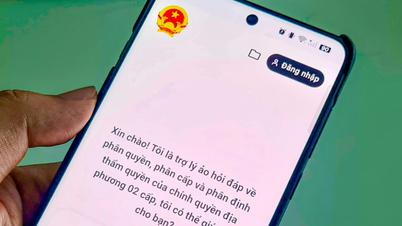


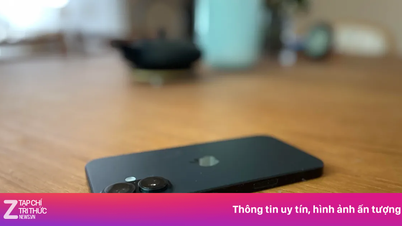
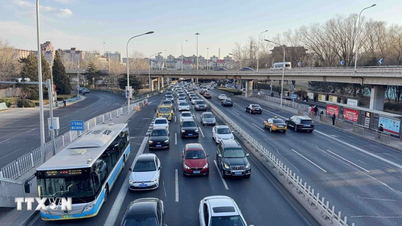





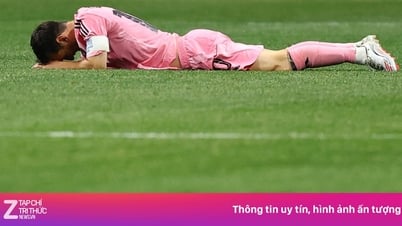



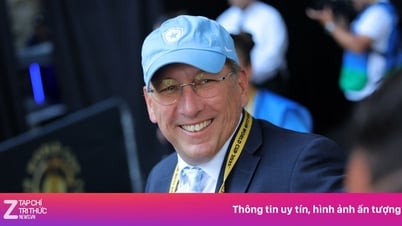








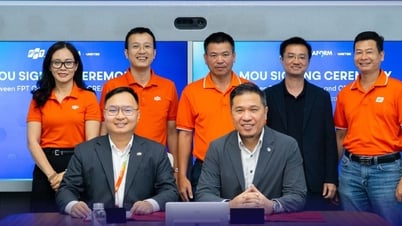










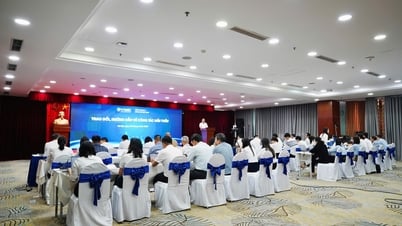

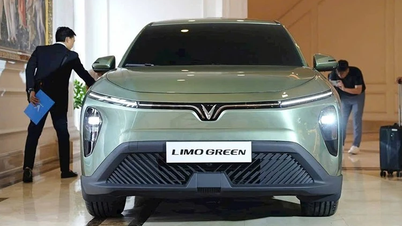


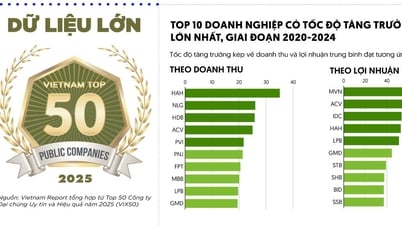
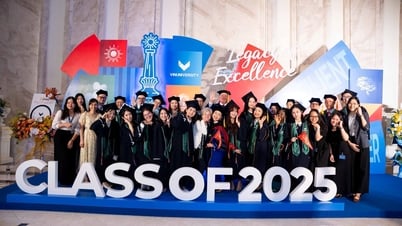
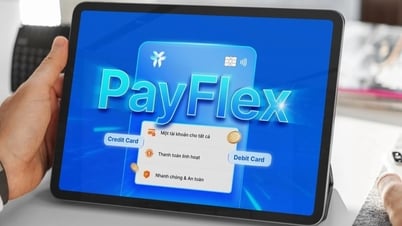

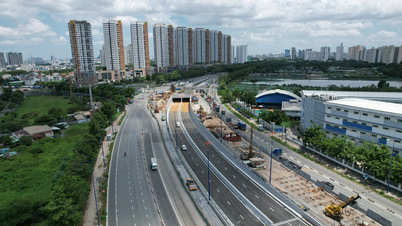

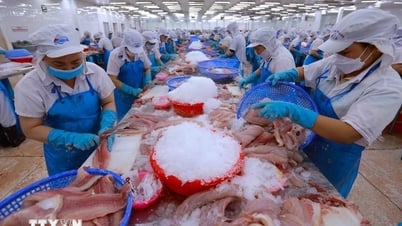






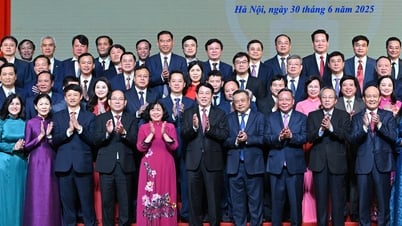








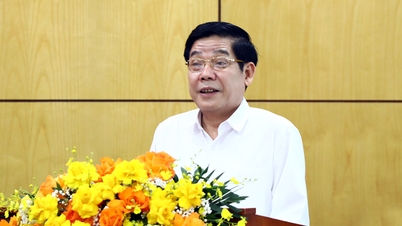

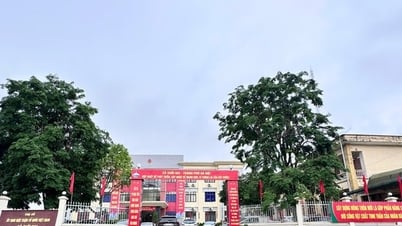



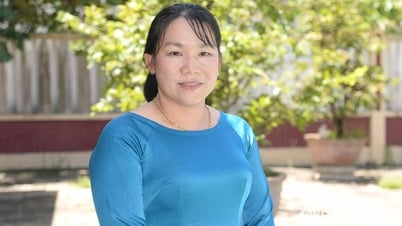









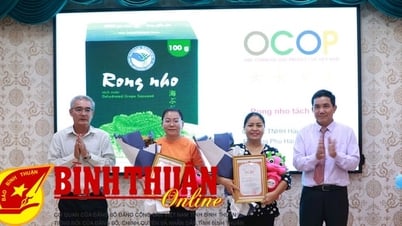

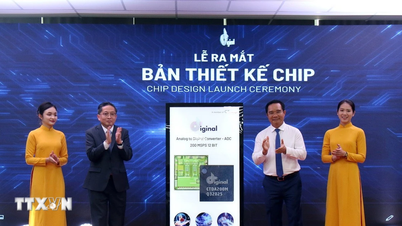





Comment (0)